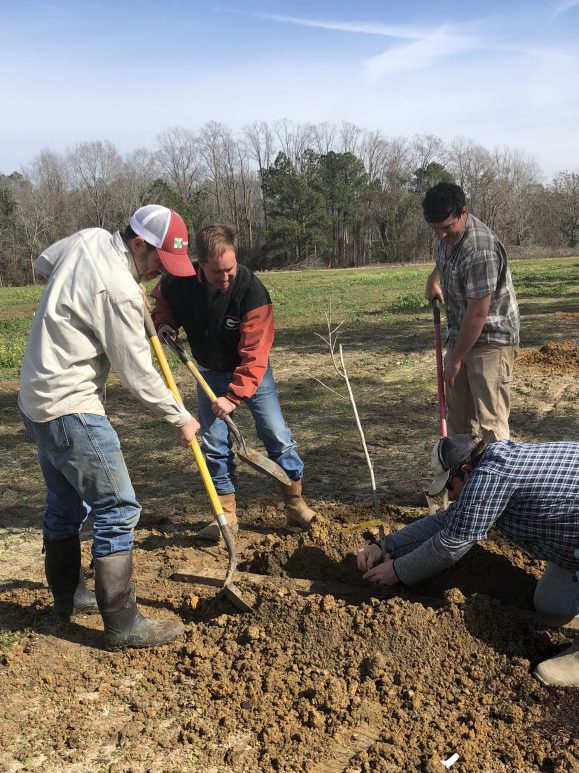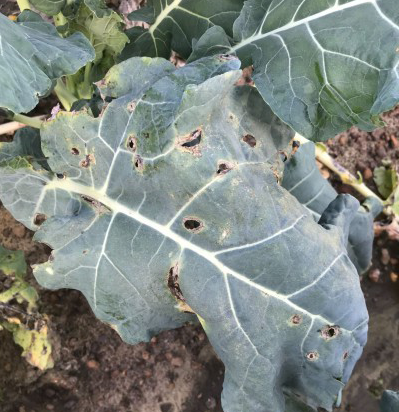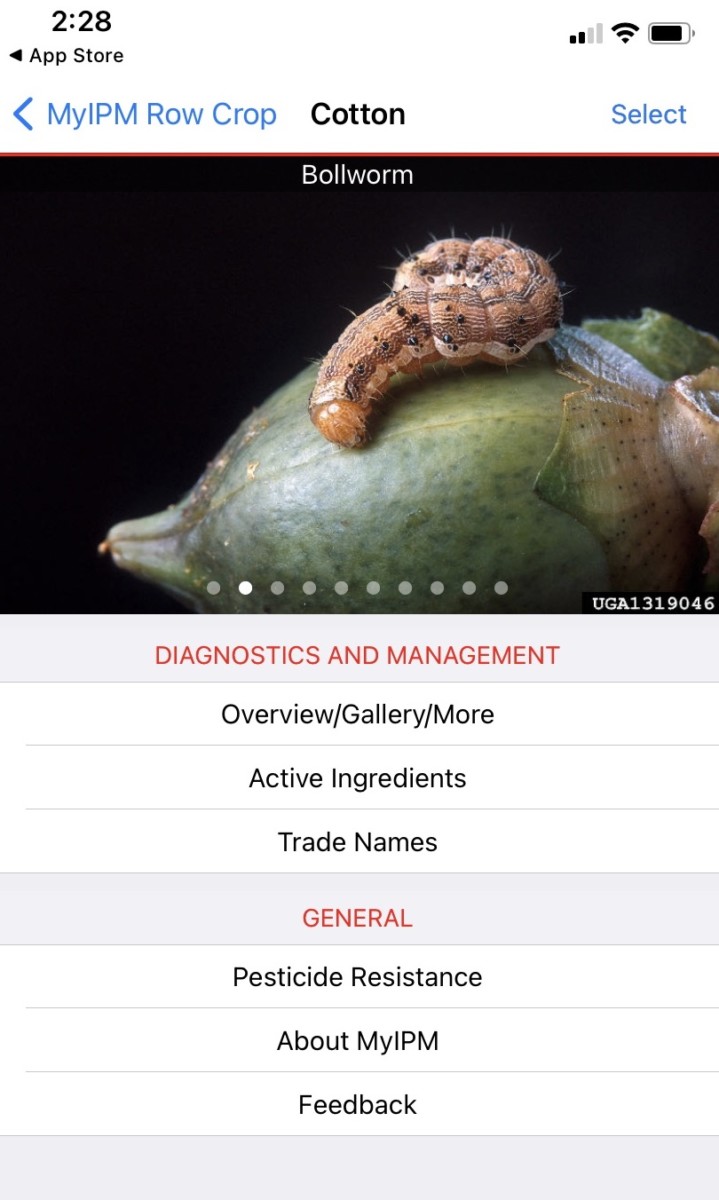Disease
-

Written By: Emily Cabrera, IPM Communications CoordinatorExpert Source: Andrew Sawyer, Southeast District Area Pecan Agent After a year of thoughtful planning and collaboration, young pecan trees have finally been planted in what will serve as both long-term research plots and short-term demonstration plots at the University of Georgia Vidalia Onion and Vegetable Research Center in…
Posted in: Cultural control, Demonstration, Disease, Disease resistance, Irrigation, Pecan, Research, Variety Selection, Weeds -

Anthracnose fruit rot disease, caused by fungal Colletotrichum species, is one of the most significant disease problems of commercial strawberry production in Georgia and the Southeast as a whole. Dark, sunken lesions on fruit are the main disease symptoms. Hot, humid weather and significant rainfall make Colletotrichum-induced fruit rot a widespread problem in strawberry production.…
-

Pei-Ling Yu, Navjot Kaur, and Bhabesh Dutta, University of Georgia, 2025 Choanephora fruit rot has recently emerged as a significant disease in pepper production in Georgia, raising new concerns for Georgia growers. Outbreaks in bell pepper fields highlight the need for increased awareness, updated management strategies, and further research to address this rapidly developing threat.…
-

Anoop A. Malik and Bhabesh Dutta, and team, Department of Plant Pathology, University of Georgia Tifton Campus, 2025 SquashRX is a newly developed mobile application aimed at helping growers, county extension agents, and crop consultants make informed decisions to predict risk of whitefly-transmitted viruses (WTVs) in squash production in Georgia. These viruses, primarily, cucurbit leaf…
-

Sydney Weigand, University of Georgia, 2025 Source: Elmer Gray, Research Professional, University of Georgia, 2025 Summer may be drawing to a close, but public health officials warn that West Nile virus season is still at its peak. The mosquito-borne illness causes disorientation, fever, headache, and in severe cases, encephalitis or meningitis. Officials documented 54 confirmed…
-

Diptera: Culicidae Author: Elmer Gray, Public Health Specialist & Entomologist, University of Georgia, 2022 Sydney Weigand (Ed.), 2025 Description Immature stages: During their first stage of development, larvae are small (about 1 mm) and almost see-through. As they progress through subsequent stages, they grow to nearly 1 cm. The pupal stage appears with the fourth…
-

By Navjot Kaur and Bhabesh Dutta Alternaria brassicicola is a part of the Alternaria complex that causes leaf blight and head rot (ABHR) in brassica crops. In our study, we observed that commercial broccoli seeds can be naturally contaminated with pathogenic and aggressive A. brassicicola. About one-third of the commercial broccoli seedlots screened from two commonly grown cultivars in…
Posted in: Disease -

Written by: Emily Cabrera, UGA IPM Communications Coordinator Expert/Source: Phil Brannen, Fruit Pathologist, University of Georgia The Southern Integrated Pest Management Center (Southern IPM Center) has inducted University of Georgia Cooperative Extension fruit pathologist Phil Brannen into the Integrated Pest Management Hall of Fame for his significant contributions to commercial fruit growers throughout the Southern U.S. over the past 30 years. Each year, the…
-

Written by: Emily Cabrera, UGA IPM Communications CoordinatorExpert/Source: Dr. Brett Blaauw, Assistant Professor & Peach Specialist, University of Georgia A new insect wreaking havoc in your cotton field? Troublesome disease in your peanut stand you don’t recognize? No idea where to start? Well, there’s an app for that. This year, farmers have a new tool…
-

Written By: Emily Cabrera, IPM Communications CoordinatorExpert/Source: Bob Kemerait As weather in south Georgia turns hot and humid – with rain in the forecast – the spread of fungal diseases in corn, peanut and soybean is advancing quickly. University of Georgia Extension Plant Pathology Specialist, Bob Kemerait, is urging county Extension agents to take action…
-

A new in-service training series is set to begin this fall that will provide Extension agents in the southeast with the latest information on integrated pest management within various commodity areas. Trainings will be led by specialists from the University of Georgia with invited speakers from institutions within the Southern Region Small Fruit Consortium (SRSFC).…